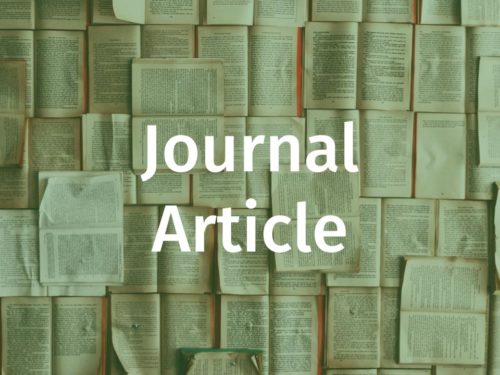Lebanon has been at peace for almost three decades now. Nevertheless, the country seems at unrest due to many social and political issues. How can Lebanon find its way out of this permanent deadlock?
1989 – a year where everything was supposed to change. Lebanon had been caught in a civil war for the past 14 years. Christians against Muslims, West against East – issues that have engaged many countries around the world and especially so in the Middle East in the past.
The Ta’if Agreement and its flaws
The conflict in Lebanon had gridlocked when negotiations finally came to the Ta’if Agreement. Although the agreement encompassed reforms that, if implemented, would have changed Lebanese politics and promoted democracy, sectarian elites strongly opposed them. Lebanon held onto the sectarian system, although it and the injustices that came with it were the very reason why the civil war broke out in the first place. The National Pact from 1943 that stipulated a 6:5 ratio in Parliament in favour of Christians changed only slightly after the civil war when the ratio was alternated to 1:1 and some executive powers were shifted away from the traditionally Christian president toward the Sunni prime minister and the Shi’a speaker of parliament. This system of sectarian consociationalism, although flawed, was regarded as suitable for Lebanon’s multi-religious nature before the war and after.
The Ta’if Agreement also goes by the name of Document of National Reconciliation. However, speaking of reconciliation is far from the truth. Rather, it created a negative peace where, while violence was absent, reconciliation and stability could not be promoted. It was an agreement to merely reconcile the elites while ignoring the issues that ran deep in the general population. The aim to gradually abolish confessionalism and leave sectarianism behind was never fully pursued. In its present form, the agreement or rather what the elites made of it preserved the deep fragmentation of the voters along sectarian and ethnic lines.
The rubbish crisis that came to be more than that
Safe to say that many Lebanese are not satisfied with their political system. Although there have not been any violent conflicts since 1990, the Lebanese have come to learn to show their discontent through other methods.
In 2015, the garbage collection system in Beirut broke down. What seemed to be a problem concerning overwhelming amounts of garbage soon turned into a much wider problem that drew many people to the streets. It was not just about the garbage system anymore but widened to a protest that criticised the government itself and the political system that had been in place since France had declared Lebanon a republic.
Although consociationalism seemed to be the answer to Lebanon’s problems in the past, it is clear now that people are dissatisfied with how politics are run in their country. Especially young people wish for change and the abolishment of the old system for a more dynamic one.
Integrative consociationalism instead of confessionalism
Lebanon’s citizens expect a turnover of politics, a change of the political system, to turn away from confessionalism towards a new voting system. Too driven into is the political landscape and the lines along which the Lebanese are supposed to choose their government. The government is paralysed – Lebanese politicians seem to be unable to implement policies that would promote growth and progress. Additionally, the sectarian system allows for external meddling in the country due to the sects’ allegiances to different countries.
So how can a power sharing system so carved into the history of the Lebanese state be overthrown and changed for the better? Researchers propose more integrative approaches to overcome or at least diminish sectarian influences. According to the United States Institute of Peace a bicameral legislature should be introduced, with a lower house where legislation would be made and an upper house that would represent communal interests (1). This would lead to a more horizontal than vertical integration.
Imad Salamey goes even further to introduce “integrative consociationalism”(2). According to his approach, several arrangements should be made to change the Lebanese political system for the better. A bicameral representation should be established to represent the individual citizenry as well as the geographic interests of different sectarian groups. The implementation of centralism alongside decentralism would help combine interests on a national and local level of governance. Furthermore, a mixed electoral system and cross-cutting electoral districting should be introduced. Salamey proposes a proportional representation (PR) system so that parties would establish cross-cutting sectarian alliances to form a coalition.
Lebanon has made progress to unify its religious communities, but a lot of work must be done still. Whether the Lebanese can overthrow their political system and exchange it with an integrative approach will determine whether Lebanon will successfully master its future as democracy.
1 I. Harb, „Lebanon’s Confessionalism: Problems and Prospects”, Peace Brief 30 March 2006, United States Institute of Peace, Web, Access: 24 August 2018
2 I. Salamey, “Failing consociationalism in Lebanon and Integrative Options”, International Journal of Peace Studies, Vol. 14, No. 2 (Autumn/Winter 2009), pp. 83-105










